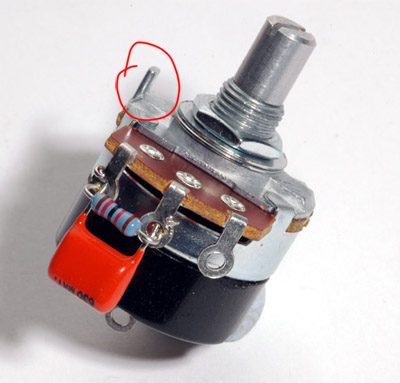Echo North
Well-known member
Are you building an 1176? Check the MNATs wiring page again. You need to have a center tap secondary as I described regardless of you local mains. Also your primary needs to be in SERIES for 240V.
TheWolfman said:I certainly hope it ends up being an 1176 yes!
So Red and Orange for the ground centre tap and Black and Yellow for the + power rails.Aren't Red and Orange oposite polarity?
Using the diagram on the transformer itself then,what would I use to bind the input into series?I'm presuming Grey and Violet?
Sorry about this and all the question but obviously I want to make sure that my 240v is turning into 30!
TheWolfman said:Oh yeah,
Just one more thing...wheres the actual schematic for this version?Can't find it anywhere......

acoustix said:Hi DIYers
I received my order from mouser and I have a question about capa.
For 100uF, 1uF and 47uF I took the Panasonic recommends that Mike's BOM, but I also took Nichicon muse ES Bipolar
Here the technical spec http://www.hificollective.co.uk/pdf/nich_es.pdf
My question is: Can I use these capacitors?
The fact that it is not polarized troubles me. (and it still have one leg longer than the other like polarized ??)
For 1uF, I think I can use them because they are linking capacitors (on the RevA, they are FILM ...), but for others, I do not know ...
Thank you!